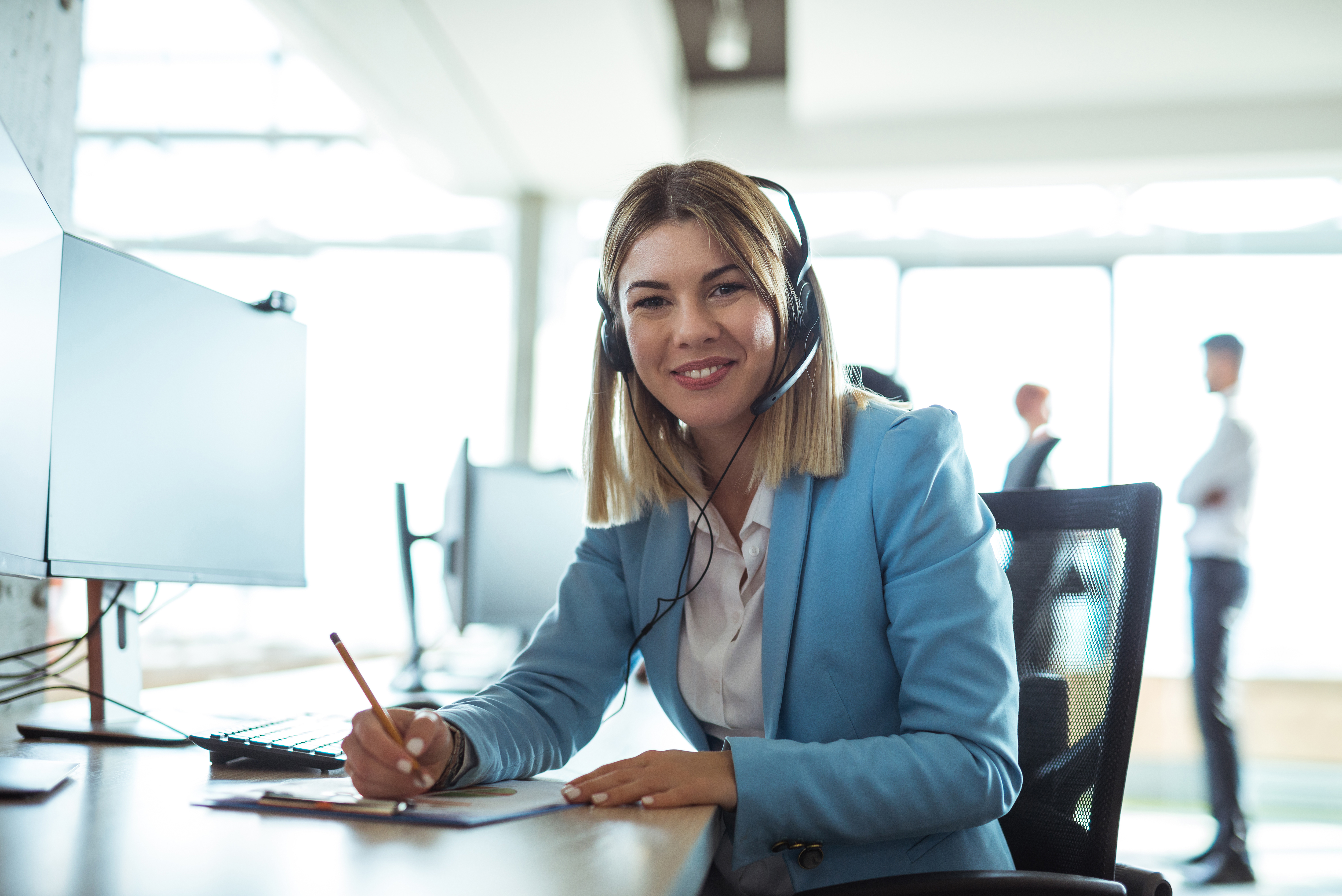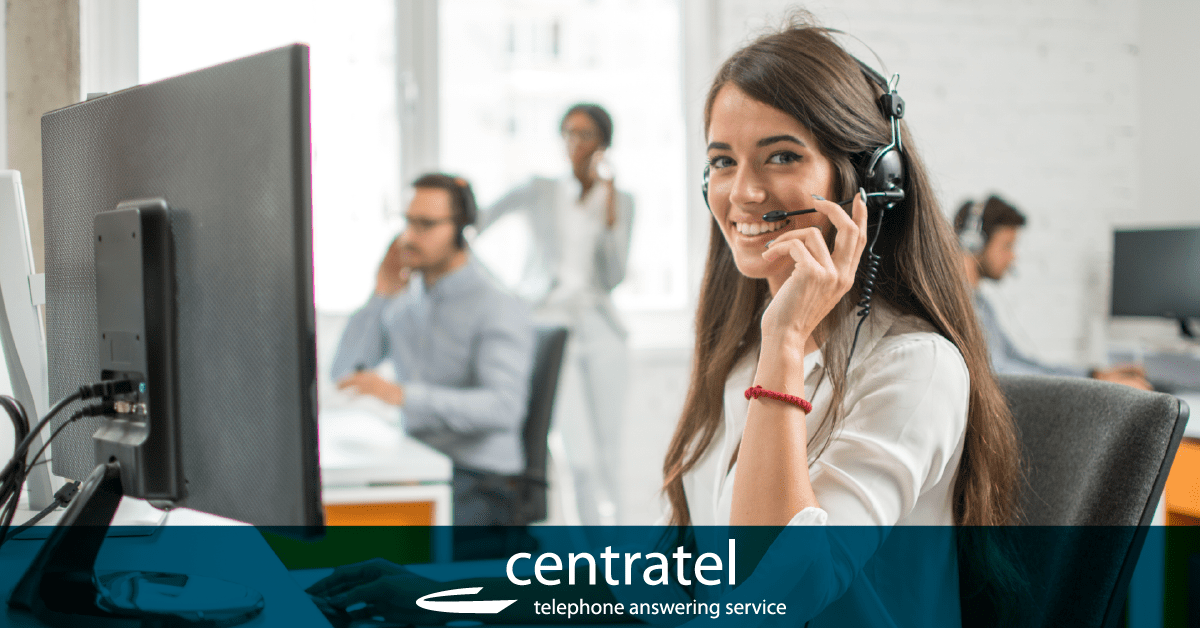All Categories
Featured
Table of Contents
- – Which Is The Best Telephone Answering Service -...
- – What Do Answering Machine Services Include?
- – How To Buy The Best Phone Call Answering Service
- – Who Is The Best How Outsourced Phone Answerin...
- – Best How Do Answering Services Work? Deals Ne...
- – How To Choose The Best How Much Do Answering...
Which Is The Best Telephone Answering Service - Answer My Phone Company?
This device and its successors were created by Sava Jacobson, an electrical engineer with a private consulting service. While early voice mail used magnetic tape technology, a lot of modern devices utilizes strong state memory storage; some gadgets utilize a combination of both, with a solid-state circuit for the outbound message and a cassette for the incoming messages.
"toll conserving" below) (answer phone service). This works if the owner is screening calls and does not want to talk to all callers. In any case after going, the calling celebration ought to be notified about the call having actually been answered (for the most part this begins the charging), either by some remark of the operator, or by some welcoming message of the little bit, or dealt with to non-human callers (e.
This holds specifically for the Littles with digitally stored welcoming messages or for earlier devices (prior to the rise of microcassettes) with a special endless loop tape, separate from a 2nd cassette, dedicated to recording. There have been answer-only devices with no recording capabilities, where the greeting message had to notify callers of a state of existing unattainability, or e (professional phone answering service).
What Do Answering Machine Services Include?

about schedule hours. In taping TADs the greeting usually contains an invite to leave a message "after the beep". A voice mail that uses a microcassette to record messages On a dual-cassette answerphone, there is an outgoing cassette, which after the defined variety of rings plays a pre-recorded message to the caller.

Single-cassette voice mail contain the outgoing message at the beginning of the tape and incoming messages on the staying area. They initially play the statement, then fast-forward to the next available space for recording, then tape-record the caller's message. If there are many previous messages, fast-forwarding through them can cause a considerable hold-up.
This beep is often referred to in the greeting message, requesting that the caller leave a message "after the beep". Little bits with digital storage for the recorded messages do not show this hold-up, of course. A little bit might use a remote control center, whereby the answerphone owner can ring the house number and, by entering a code on the remote telephone's keypad, can listen to taped messages, or delete them, even when far from home.
How To Buy The Best Phone Call Answering Service

Thereby the machine increases the variety of rings after which it responds to the call (generally by 2, resulting in four rings), if no unread messages are presently kept, however responses after the set number of rings (typically 2) if there are unread messages. This permits the owner to learn whether there are messages waiting; if there are none, the owner can hang up the phone on the, e.
Some devices likewise enable themselves to be remotely triggered, if they have actually been switched off, by calling and letting the phone ring a specific large number of times (generally 10-15). Some provider desert calls currently after a smaller number of rings, making remote activation difficult. In the early days of Little bits a special transmitter for DTMF tones (dual-tone multi-frequency signalling) was regionally needed for push-button control, because the formerly employed pulse dialling is not apt to communicate suitable signalling along an active connection, and the dual-tone multi-frequency signalling was executed step-by-step.
Any incoming call is not recognizable with respect to these properties in advance of going "off hook" by the terminal equipment. So after going off hook the calls should be changed to suitable gadgets and just the voice-type is instantly available to a human, but perhaps, nonetheless must be routed to a TAD (e.
Who Is The Best How Outsourced Phone Answering Service Can Help Your ... Service?
What if I informed you that you do not have to in fact select up your gadget when addressing a consumer call? Someone else will. So hassle-free, right? Addressing phone calls does not require somebody to be on the other end of the line. Effective automated phone systems can do the technique just as effectively as a live representative and sometimes even better.
An automated answering service or interactive voice response system is a phone system that communicates with callers without a live person on the line - professional phone answering service. When companies use this innovation, customers can get the answer to a question about your company merely by using interactions set up on a pre-programmed call circulation.
Although live operators update the customer support experience, numerous calls do not require human interaction. A simple documented message or guidelines on how a client can recover a piece of info typically solves a caller's immediate need - virtual call answering service. Automated answering services are an easy and efficient method to direct incoming calls to the right person.
Best How Do Answering Services Work? Deals Near Me
Notification that when you call a company, either for support or item questions, the very first thing you will hear is a pre-recorded voice welcoming and a series of alternatives like press 1 for customer care, press 2 for queries, and so on. The pre-recorded alternatives branch off to other choices depending on the customer's selection.
The phone tree system assists direct callers to the best individual or department using the keypad on a cellphone. In some circumstances, callers can use their voices. It deserves keeping in mind that auto-attendant choices aren't restricted to the 10 numbers on a phone's keypad. Once the caller has selected their first alternative, you can develop a multi-level auto-attendant that uses sub-menus to direct the caller to the best type of assistance.
The caller does not have to interact with an individual if the auto-attendant phone system can handle their concern. The automatic service can path callers to a staff member if they reach a "dead end" and need help from a live agent. It is costly to work with an operator or executive assistant.
How To Choose The Best How Much Do Answering Services Cost? Local Business Tips ...
Automated answering services, on the other hand, are significantly less costly and provide substantial cost savings at an average of $200-$420/month. Even if you don't have actually devoted staff to manage call routing and management, an automated answering service enhances efficiency by allowing your group to concentrate on their strengths so they can more efficiently invest their time on the phone.
A sales lead routed to client service is a lost shot. If a client who has item questions reaches the wrong department or receives incomplete responses from well-meaning staff members who are less trained to handle a specific kind of question, it can be a reason for disappointment and dissatisfaction. An automated answering system can minimize the variety of misrouted calls, thus assisting your workers make better use of their phone time while maximizing time in their calendar for other jobs.
With Automated Answering Systems, you can produce a tailored experience for both your staff and your callers. Make a recording of your main greeting, and simply upgrade it frequently to show what is going on in your organization. You can create as lots of departments or menu options as you want.
Table of Contents
- – Which Is The Best Telephone Answering Service -...
- – What Do Answering Machine Services Include?
- – How To Buy The Best Phone Call Answering Service
- – Who Is The Best How Outsourced Phone Answerin...
- – Best How Do Answering Services Work? Deals Ne...
- – How To Choose The Best How Much Do Answering...
Latest Posts
Best Virtual Reception Solutions – Australia
Value Real Estate Answering Service
After Hours Answering Service Near Me
More
Latest Posts
Best Virtual Reception Solutions – Australia
Value Real Estate Answering Service
After Hours Answering Service Near Me